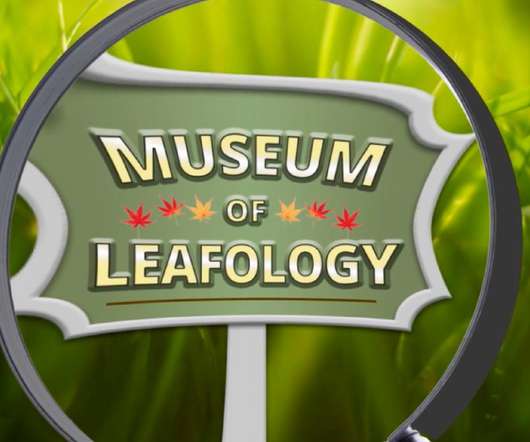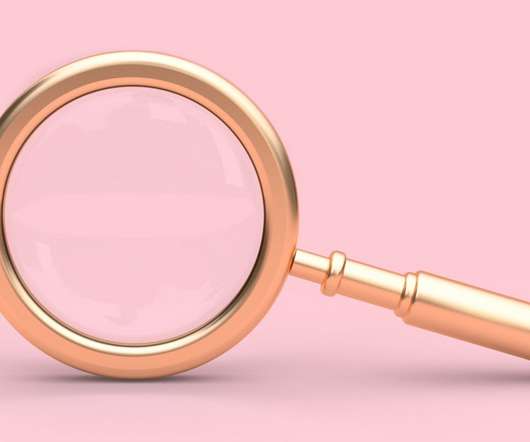Wow! This inquiry-based, technology-rich school has no tech staff
eSchool News
MAY 25, 2017
In my second year, in an effort to get technology into the hands of the students, foster authentic inquiry, and break the “test-prep” mentality which has come to dominate many a school landscape, I launched Inquiry Fair. She ended up doing an art installation and website on the theme “Rightfully Ours.”












Let's personalize your content